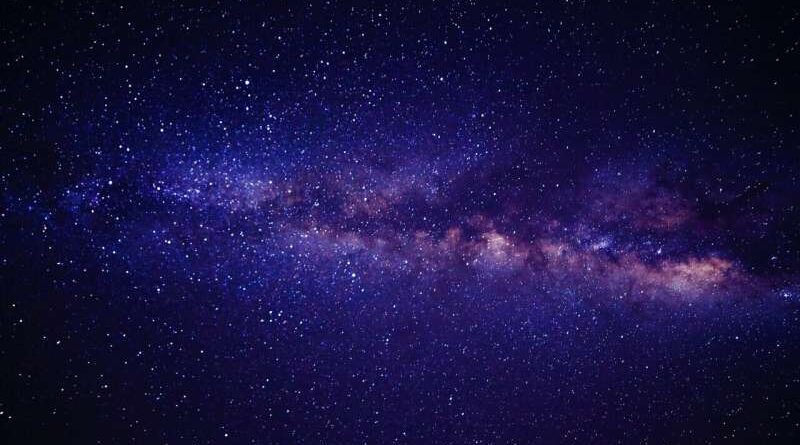Observational studies support the old theory that challenges the Big Bang

North-Eastern University researchers have shown that our visible universe and invisible dark matter may have existed at the same time since the Big Bang. Credit: Pixabay/CC0 Public Domain
A Kansas State University engineer has just published results from a prospective study that supports an ancient theory that directly challenges the validity of the Big Bang theory.
Lior Shamir, assistant professor of computer science, used images from three telescopes and more than 30,000 constellations to measure the variability of galaxies based on their distance from Earth. Redshift is the change in the wavelength of light that a galaxy emits, which astronomers use to measure the galaxy’s speed.
Shamir’s findings support the theory of an “exhausted light” age rather than a Big Bang. The findings are published in the journal Particles.
“In the 1920s, Edwin Hubble and George Lemaitre discovered that the more distant a galaxy is, the faster it is moving away from Earth,” Shamir said. “That discovery led to the Big Bang theory, which suggests that the universe began to expand about 13.8 billion years ago. Around the same time, a scientist The eminent astronomer Fritz Zwicky suggested that galaxies that were very far from Earth were not really moving that fast.”
Zwicky’s argument was that the redshift seen from Earth is not because galaxies are moving but because light photons lose energy as they travel through space. The longer the light travels, the more energy it loses, leading to the theory that galaxies far away from Earth are also moving faster.
“The theory of exhausted light was largely ignored, as astronomers accepted the theory of the Big Bang as a model of the universe’s consensus,” Shamir said. But some astronomers’ confidence in the Big Bang theory began to wane when the powerful James Webb Space Telescope saw its first light.
“JWST provided deep images of the very early universe, but instead of showing the early baby universe as astronomers expected, it showed large and mature galaxies knowledge. “
Although the new images cast doubt on the Big Bang, Shamir’s study used the constant speed of Earth’s rotation around the center of the Milky Way to examine the reddening of galaxies moving at different speeds relative to The world is exploring how change is changing. responds to a change in speed.
“The results showed that galaxies orbiting in the opposite direction to the Milky Way have a lower redshift compared to galaxies orbiting in the same direction to the Milky Way,” Shamir said. . “That difference reflects the movement of the Earth as it orbits the Milky Way. But the results also show that the difference between the redshifts increased when the galaxies were farther from the Earth.
“Since the speed of rotation of the Earth relative to the galaxies is constant, the reason for the difference can be the distance of the galaxies from the Earth. That shows that the reddening of the galaxies changes with the distance, it is what Zwicky foretold in his book Tired. A light idea.”
Additional information:
Lior Shamir, The Permanent Redness Bias: A Direct Probabilistic Test of Zwicky’s TL Theory, Particles (2024). DOI: 10.3390/particles7030041
Offered by Kansas State University
Excerpt: Observational study supports ancient theory challenging Big Bang (2024, September 11) Retrieved September 12, 2024 from https://phys.org/news/2024-09-century-theory-big.html
This document is subject to copyright. Except for any legitimate activity for the purpose of private study or research, no part may be reproduced without written permission. Content is provided for informational purposes only.
#Observational #studies #support #theory #challenges #Big #Bang
